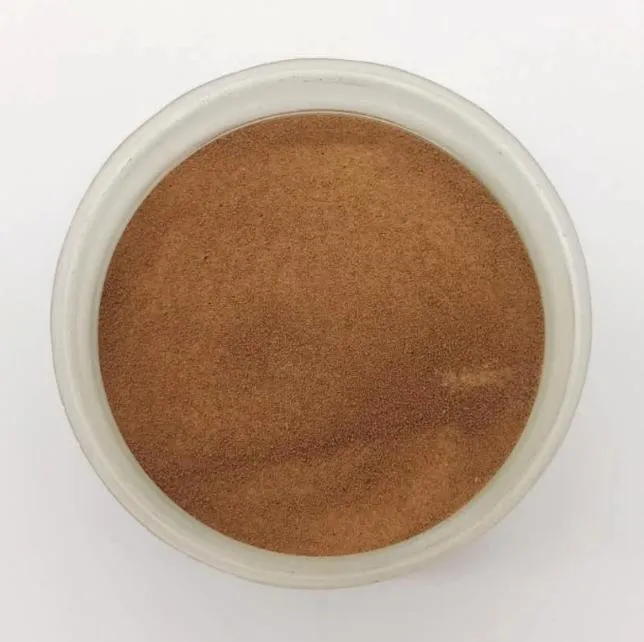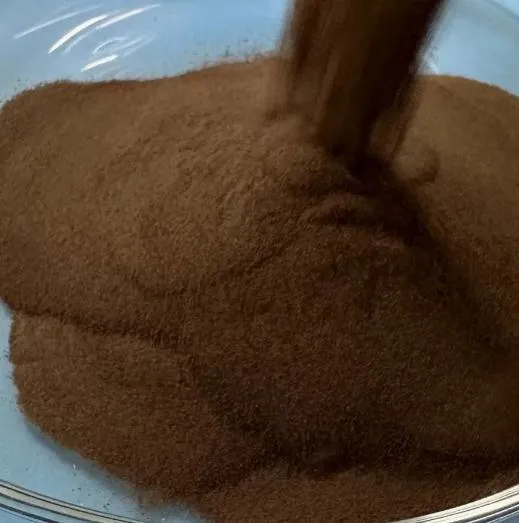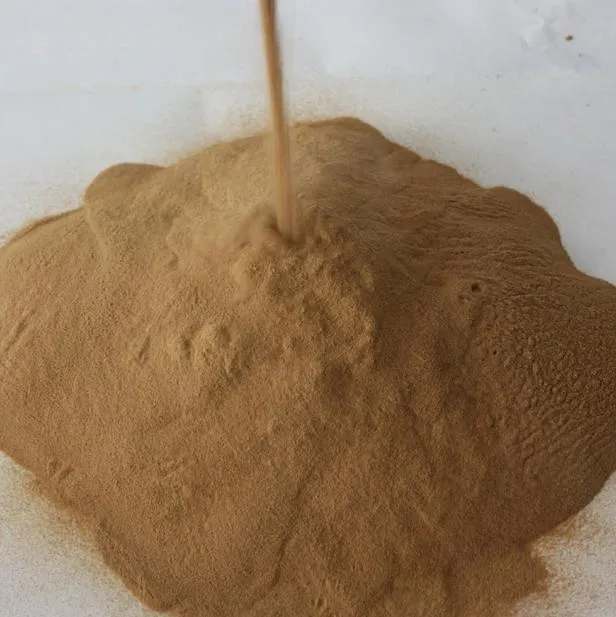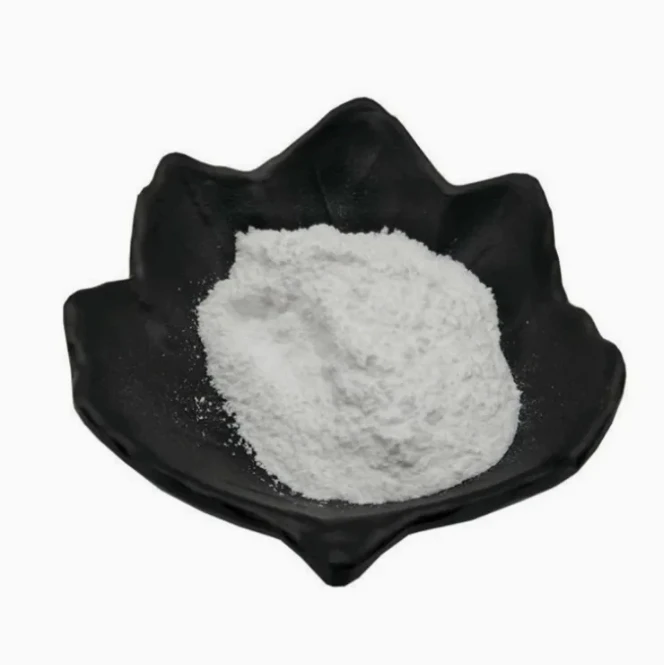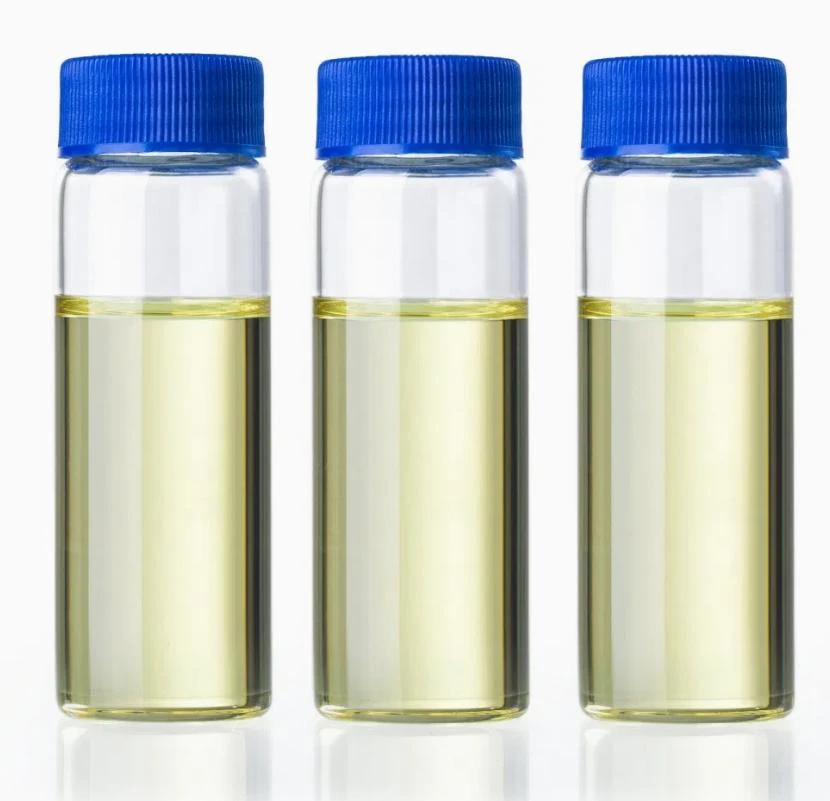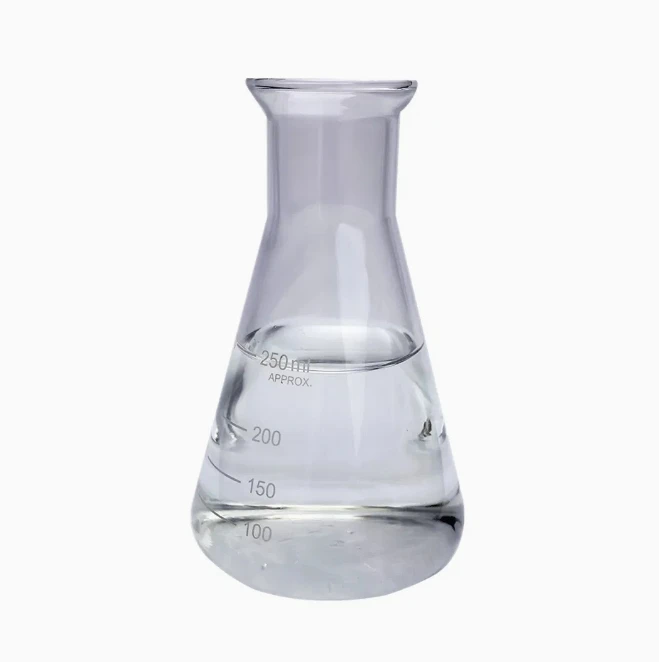Warning: Undefined array key "file" in /home/www/wwwroot/HTML/www.exportstart.com/wp-content/themes/1198/header.php on line 7
Warning: Undefined array key "title" in /home/www/wwwroot/HTML/www.exportstart.com/wp-content/themes/1198/header.php on line 7
Warning: Undefined array key "title" in /home/www/wwwroot/HTML/www.exportstart.com/wp-content/themes/1198/header.php on line 7
- Afrika
- Albania
- Amharic
- Arabic
- Armenian
- Azerbaijani
- Basque
- Belarusian
- Bengali
- Asụsụ Bosnia
- Bulgarian
- Catalan
- Cebuano
- China
- China (Taiwan)
- Corsican
- Asụsụ Croatia
- Czech
- Danish
- Dutch
- Bekee
- Esperanto
- Estonia
- Asụsụ Finnish
- French
- Onye Frisian
- Onye Galisi
- Asụsụ Georgian
- German
- Grik
- Gujarati
- Haitian Creole
- hausa
- Hawaian
- Hibru
- Mba
- Miao
- Asụsụ Hungarian
- Aislandi
- igbo
- Asụsụ Indonesian
- Irish
- Ịtali
- Japanese
- Asụsụ Javanị
- Kannada
- kazakh
- Khmer
- Onye Rwandan
- Korean
- Kurdish
- Kyrgyz
- TB
- Latịn
- Latvia
- Lithuania
- Luxembourgish
- Masedonia
- Malgashi
- Malay
- Malayalam
- Malta
- Maori
- Marathi
- Mongolian
- Myanmar
- Nepali
- Norwegian
- Norwegian
- Occitan
- Pashto
- Asụsụ Persia
- Polish
- Portuguese
- Punjabi
- Romanian
- Russian
- Samoan
- Scottish Gaelic
- Asụsụ Serbian
- Bekee
- Shona
- Sindhi
- Sinhala
- Slovak
- Slovenian
- Somali
- Spanish
- Asụsụ Sudan
- Swahili
- Swedish
- Tagalog
- Tajik
- Tamil
- Tatar
- Telugu
- Thai
- Turkish
- Turkmen
- onye Ukraine
- Urdu
- Uighur
- Uzbek
- Vietnamese
- Welsh
- Enyemaka
- Yiddish
- Yoruba
- Zulu
Nigella Sativa Extract Thymoquinone Powder
Thymoquinone is a naturally occurring chemical compound found in the seeds of Nigella sativa, commonly known as black seed. It is a potent bioactive compound known for its diverse health-promoting properties. Thymoquinone is a yellowish crystalline substance with a characteristic pungent taste and aroma. It is soluble in organic solvents like ethanol and sparingly soluble in water.
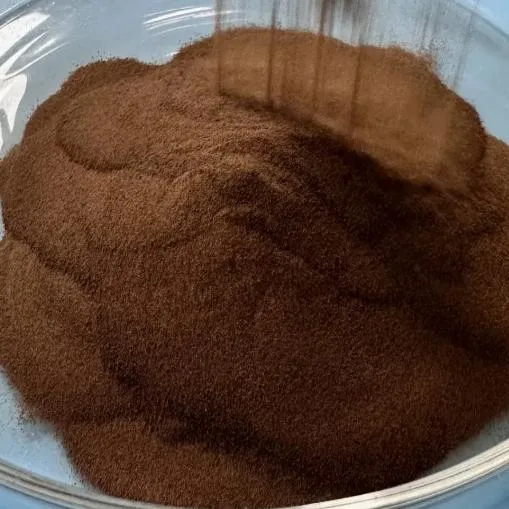

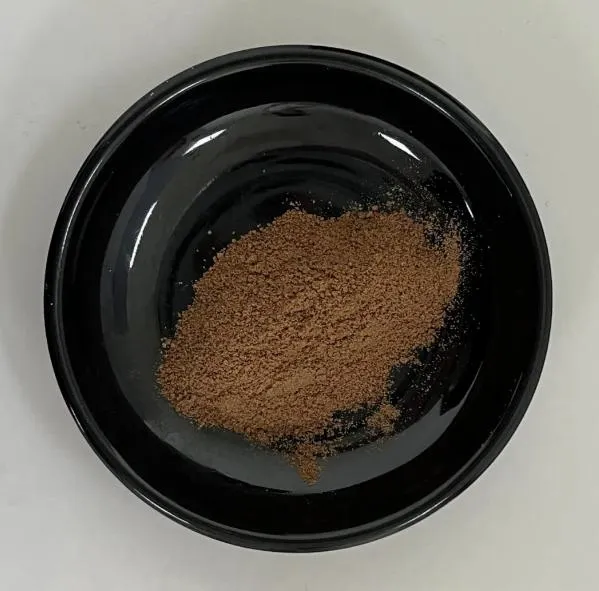
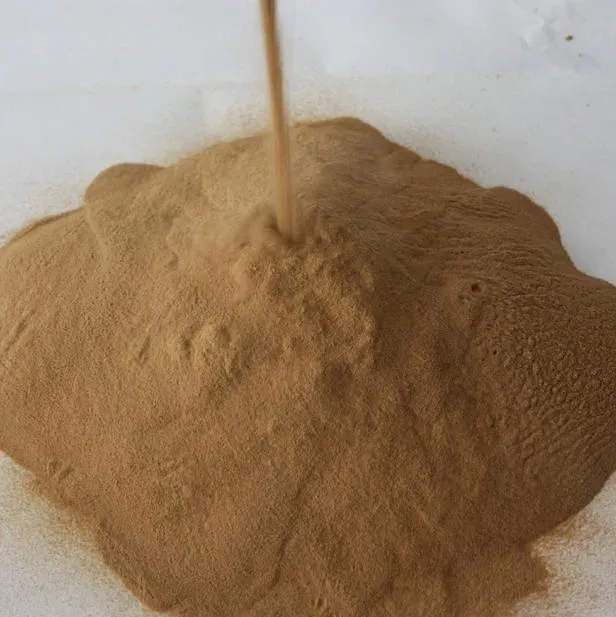
Thymoquinone finds applications in various industries and fields. In the pharmaceutical industry, it is used as an active ingredient in natural health supplements and traditional herbal medicines due to its potential therapeutic effects. Thymoquinone is also utilized in the cosmetic industry for its antioxidant properties, which help protect the skin from environmental damage and promote a youthful appearance. Furthermore, its antimicrobial activity makes it a valuable ingredient in personal care products like soaps and lotions. Thymoquinone is the subject of ongoing research in cancer treatment, and it holds promise as an adjuvant therapy for improving the efficacy of chemotherapy and radiation.
Thymoquinone exhibits numerous beneficial functions owing to its potent antioxidant, anti-inflammatory, antimicrobial, and anticancer properties. As an antioxidant, it helps protect cells from oxidative stress and damage caused by free radicals. Its anti-inflammatory properties contribute to reducing inflammation and improving overall immune function. Thymoquinone also demonstrates antimicrobial activity against various pathogens, making it effective against microbial infections. Additionally, it shows promising anticancer activity by inhibiting tumor growth and inducing apoptosis in cancer cells.
Anyị nwere ọtụtụ ụlọ ọrụ dị elu nke nwere nkwado miri emi, nke nwere ike inye gị ngwaahịa dị elu na ọnụ ahịa asọmpi. Anyị nwekwara ike inye ego maka nnukwu ịzụrụ ihe. Anyị na-akwado ọtụtụ ụlọ ọrụ na-ebuga ibu ndị ọkachamara, nwere ike ịnapụta ngwaahịa n'enweghị nsogbu na aka gị. Oge nnyefe bụ ihe dịka ụbọchị 3-20 mgbe nkwenye nke ịkwụ ụgwọ gasịrị.




| Product name | nigella sativa extract thymoquinone powder | |||
| Ihe | Nkọwapụta | Nsonaazụ | Methods | |
| Marker compound | 5% Thymoquinone | Kwado | HPLC | |
| Appearance & Color | Brown | Kwado | GB5492-85 | |
| Odor & Taste | Characteristic | Kwado | GB5492-85 | |
| Plant Part Used | Seed | Kwado | ||
| Extract Solvent | Water | Kwado | ||
| Bulk Density | 0.4-0.6g/ml | 0.50g/ml | ||
| Mesh Size | 80 | 100% | GB5507-85 | |
| Ọnwụ na ihicha | ≤5.0% | 3.11% | GB5009.3 | |
| Ash Content | ≤5.0% | 0.25% | GB5009.4 | |
| Solvent Residue | Ihe ọjọọ | Kwado | GC(2005 C) | |
| Total Heavy Metals | ≤10ppm | 3ppm | AAS | |
| Arsenic (As) | ≤1.0ppm | 0.15ppm | AAS(GB/T5009.11) | |
| Lead (Pb) | ≤3ppm | 2ppm | AAS(GB5009.12) | |
| Cadmium | <1mg/kg | Not Detected | AAS(GB/T5009.15) | |
| Mercury | ≤0.3ppm | Not Detected | AAS(GB/T5009.17) | |
| Ngụkọta ọnụ ọgụgụ efere | ≤5000cfu/g | conform | GB4789.2 | |
| Total Yeast & Mold | ≤300cfu/g | conform | GB4789.15 | |
| E. Coli | ≤40MPN/100g | Not Detected | GB/T4789.3-2003 | |
| Salmonella | Negative in 25g | Not Detected | GB4789.4 | |
| Staphylococcus | Negative in 10g | Not Detected | GB4789.1 | |

1. Ị bụ ụlọ ọrụ mmepụta ihe ma ọ bụ ụlọ ọrụ ịzụ ahịa?
Anyị bụ ụlọ ọrụ na-ejikọta ụlọ ọrụ na ịzụ ahịa, na-enye ọrụ nkwụsịtụ.OEM nwere ike ịnakwere.
2. Ị na-enye samples? Ọ bụ n'efu ka ọ bụ mgbakwunye?
Free samples. The sample si ibu ego kwesịrị ịkwụ ụgwọ gị n'akụkụ.
3. Ị nwere asambodo ọ bụla metụtara njikwa mma?
ISO 9001: 2008 asambodo iji hụ na ịdị mma.
4. Kedu ihe m ga-enye ka m nweta nhota okwu?
Pls na-agwa anyị ụdị ngwaahịa nke ị chọrọ, iji ọnụ ọgụgụ, adreesị na ihe ndị a chọrọ. A ga-edepụta nkwupụta maka ntinye aka gị n'oge.
5. Kedu ụdị usoro ịkwụ ụgwọ na-amasị gị? Kedu ụdị usoro anabatara?
Usoro nnyefe anabatara: FOB, CFR, CIF, EXW;
Accepted Payment Currency:USD;EUR
Ụdị ịkwụ ụgwọ anabatara: T/T, Western Union; Paypal, ahia ahia.
Asụsụ Asụsụ: Bekee.
Ụdị ngwaahịa
-
 May . 13, 20252025 European Fine Chemicals Exhibition in GermanyThe much-anticipated Fine Chemicals Europe 2025 will be held in Germany from June 4 to 5, 2025. The event will bring together industry leaders, innovators and stakeholders in the fine chemicals sector, providing a unique platform for networking, collaboration and showcasing the latest advances in the field.
May . 13, 20252025 European Fine Chemicals Exhibition in GermanyThe much-anticipated Fine Chemicals Europe 2025 will be held in Germany from June 4 to 5, 2025. The event will bring together industry leaders, innovators and stakeholders in the fine chemicals sector, providing a unique platform for networking, collaboration and showcasing the latest advances in the field. -
 May . 07, 20252025 New York Cosmetics Ingredients ExhibitionThe much-anticipated 2025 Cosmetics Ingredients New York will be held at the Javits Center in New York from June 3 to 4, 2025. This event will bring together industry leaders, innovators and enthusiasts from all over the world to discuss the latest trends and advances in the field of cosmetic ingredients.
May . 07, 20252025 New York Cosmetics Ingredients ExhibitionThe much-anticipated 2025 Cosmetics Ingredients New York will be held at the Javits Center in New York from June 3 to 4, 2025. This event will bring together industry leaders, innovators and enthusiasts from all over the world to discuss the latest trends and advances in the field of cosmetic ingredients. -
 Apr . 27, 2025Zibo will host the 2025 International Chemical ExpoZibo, a city known for its thriving chemical industry, will host the 2025 Zibo International Chemical Expo from May 16 to May 18, 2025. This highly anticipated event aims to bring together industry leaders, innovators and stakeholders from around the world to explore the latest advancements and trends in the chemical industry.
Apr . 27, 2025Zibo will host the 2025 International Chemical ExpoZibo, a city known for its thriving chemical industry, will host the 2025 Zibo International Chemical Expo from May 16 to May 18, 2025. This highly anticipated event aims to bring together industry leaders, innovators and stakeholders from around the world to explore the latest advancements and trends in the chemical industry.


